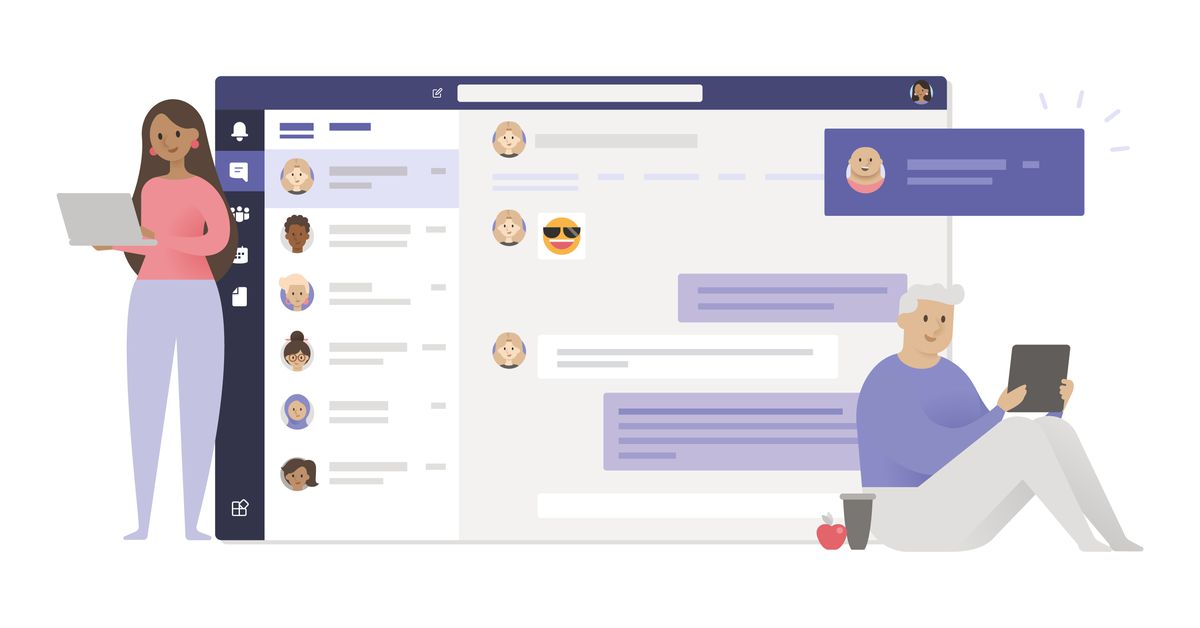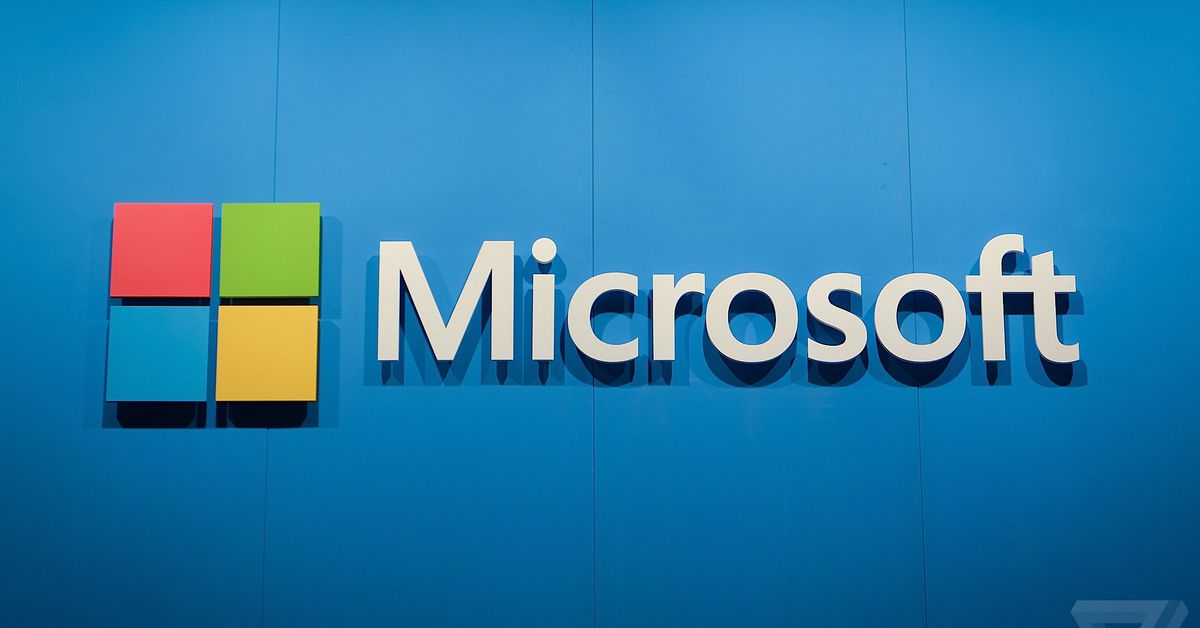Microsoft first let developers build third-party apps into Teams last year, but the company is going a step further at Build 2021 today. In a push to get more app developers building for Teams, Microsoft is opening up its crucial APIs, Teams Store, and tools to what it calls collaborative apps.
Developers will soon be able to build apps that plug into the Teams meeting canvas, ones that use in-app purchases or subscriptions, and even create separate apps that get access to Teams’ real-time video and audio streams. “If you can build web apps, you can build extensions into Teams chats, channels, and meetings,” explains Jeff Teper, head of Microsoft 365 collaboration, in an interview with The Verge. “You can build once, run, deploy anywhere.”
This means apps built for Teams will work across Windows, Mac, the web, iOS, Android, and even Linux. While we’ve seen some apps that plug into the meeting canvas previously, Microsoft is launching a preview that will allow devs to share apps like whiteboards and project boards and share apps more directly into the meetings area in Teams. Microsoft is also making it easier for devs to create these apps with greater integration into Visual Studio and Visual Studio Code.
Microsoft’s Together Mode for Teams, which uses AI to segment your face and shoulders and place you and your co-workers together in a virtual space, is also being opened up. “We’re giving people a toolkit so they can design their own Together Modes scenes,” says Teper. “We’re pretty excited to see what people come up with.”
Later this summer, Microsoft will also allow third-party apps to access real-time audio and video streams from Teams. This will primarily allow for transcription or note-taking apps to process audio and video coming out of Teams, but it will also enable devs to create bespoke apps that access Teams.
“Somebody could build a completely custom application that is different than the Teams UI and that app can interoperate with Teams via voice, video, or chat,” explains Teper. An example could be a hospital that wants to build a connection from their telehealth app into Teams to enable video calls.
Microsoft will also allow developers to sell their own subscriptions within their Teams apps. This opens up the Teams Store to in-app purchases. Microsoft hasn’t gone into detail on whether it takes a cut on sales here, but Teper is keen to point out Microsoft’s main focus is building an ecosystem of apps. “We may make some money in the marketplace, but our primary business model will be the Microsoft 365 licenses and the Azure and Power platform licenses that developers consume,” says Teper.
With 145 million daily active users of Microsoft Teams, there certainly could be an appetite for more apps that plug into and appear inside of Teams meetings. Microsoft has always positioned Teams as a hub for productivity, and these latest announcements are clearly designed to make Teams a little more developer-friendly.




